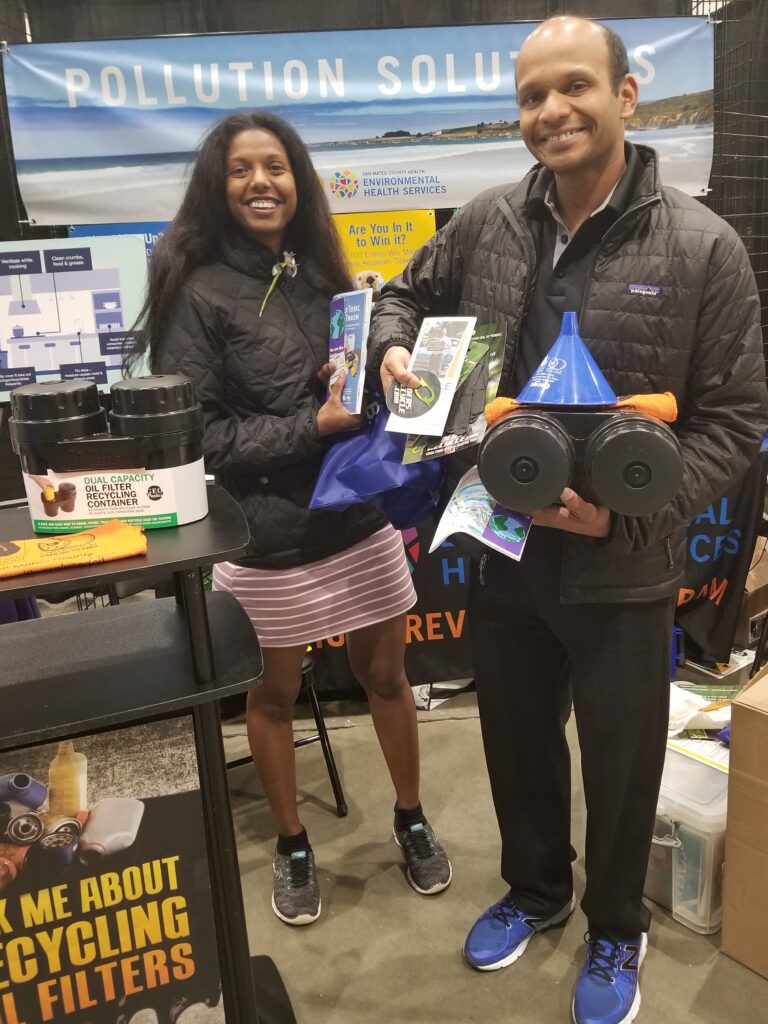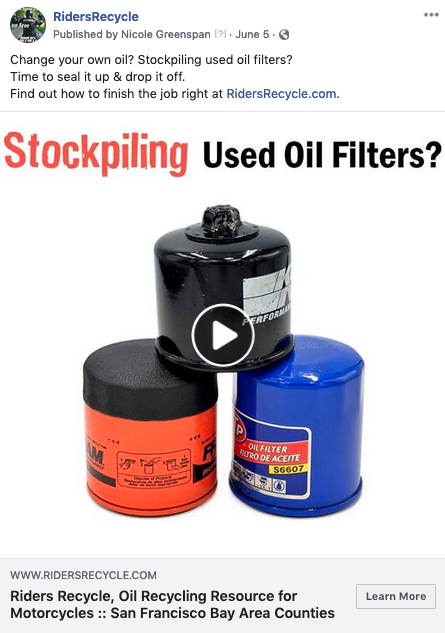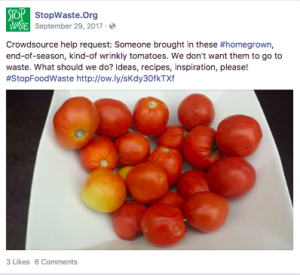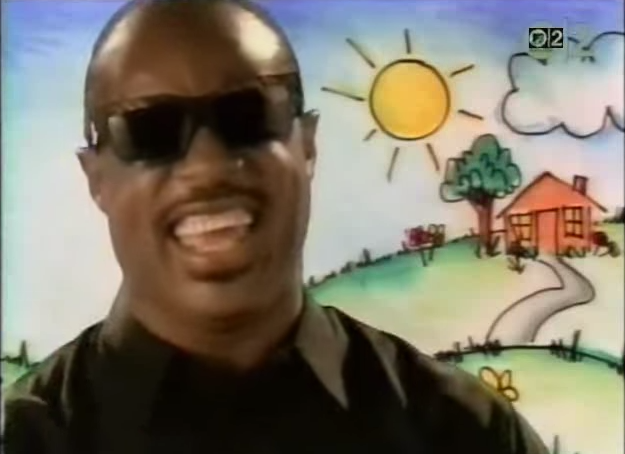 Social media is a vital part of any environmental behavior change campaign these days, as it has been for years. But we are seeing massive changes: what used to work to reach people and get engagement simply doesn’t anymore. How people use and treat social is very different from ten or even five years ago. And this means our outreach strategy needs to change, too. Here are some quick tips:
Social media is a vital part of any environmental behavior change campaign these days, as it has been for years. But we are seeing massive changes: what used to work to reach people and get engagement simply doesn’t anymore. How people use and treat social is very different from ten or even five years ago. And this means our outreach strategy needs to change, too. Here are some quick tips:
How Many Words? Fuggedaboutit
Don’t worry any more about the optimal number of words in a post. The one word now is: VIDEO. Especially: short form, vertical video designed for Instagram, Facebook Reels and YouTube Shorts. An average person spends about 100 minutes per day watching online videos. AND…they are often watched with sound off (85% of the time for Facebook users), so it’s important to make sure you can get the point across without audio. See vertical video examples at the end of this post from Watershed Watch and Livermore Recycles.
Cache the Hashtags
Those #hashtags used to be vital to get your posts found, but now they’re passé. Supposedly those clever AI algorithms are analyzing and organizing your content so efficiently that hashtags, which used to help “index” posts, particularly on Instagram and Twitter, are no longer needed, though some do still recommend their limited use.
YouTube is King
Despite all the noise around TikTok, according to Pew Research , nine in 10 teens use YouTube, as opposed to six in ten for TikTok and Instagram. Among adults, 85% of U.S. adults say they use YouTube. This doesn’t mean you shouldn’t use other social channels, but don’t forget the ‘Tube.
Organic Reach Is Just a Dream
Going viral may be a dream, but reaching even your own followers organically is a nightmare. Reach and engagement, never robust, have been steadily declining on Facebook and Instagram. It may be time to think about social media as an advertising channel, where you get what you pay for, if you’re lucky and diligent.
Just because things are changing, doesn’t mean we give up. Social media can and should still play an important part in your outreach to increase recycling, stop litter, fight waste, and more. Outreach specialists need to keep watch on the metrics and be open to experimentation and testing to continue to reach people on social media. Good luck!
Next time: we’ll delve deeper into AI and how it can help – and hinder – environmental outreach.
View this post on Instagram
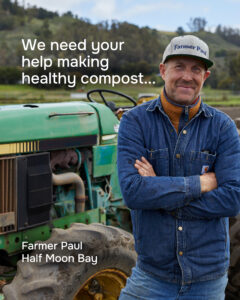 Gigantic Idea Studio developed a scope of work that included as much of the community-based social marketing (CBSM) process as time and budget would allow:
Gigantic Idea Studio developed a scope of work that included as much of the community-based social marketing (CBSM) process as time and budget would allow: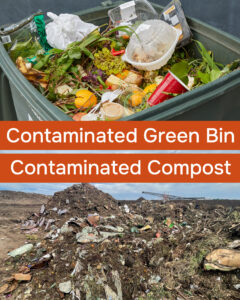 Partnering with
Partnering with 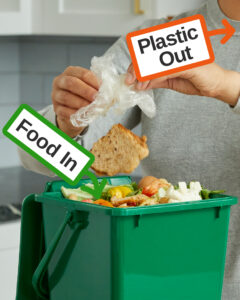 Instructional messaging: “Keep All Plastic Out of the Green Bin” and “Food In/Plastic Out”.
Instructional messaging: “Keep All Plastic Out of the Green Bin” and “Food In/Plastic Out”.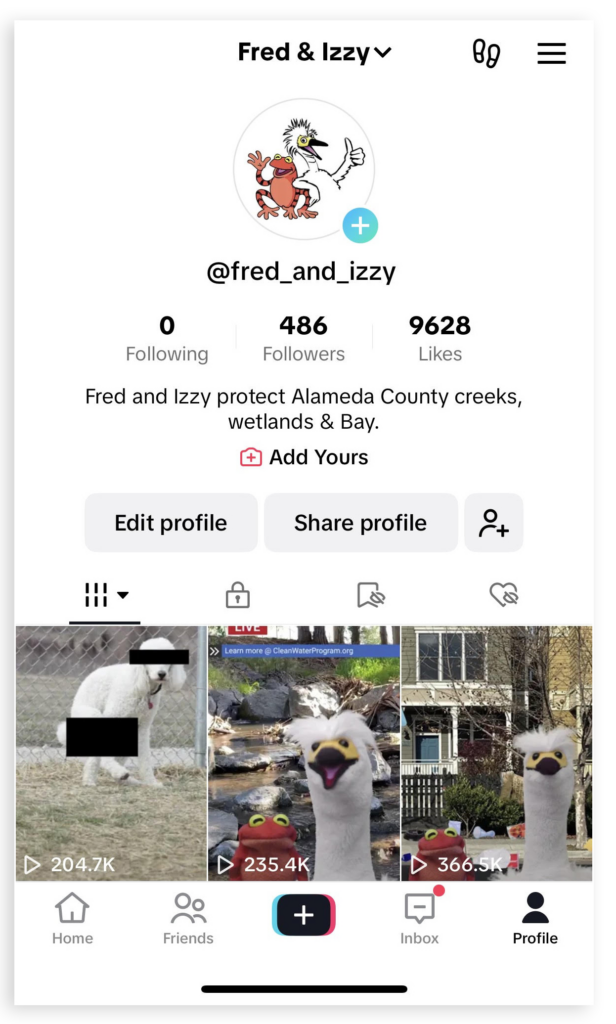


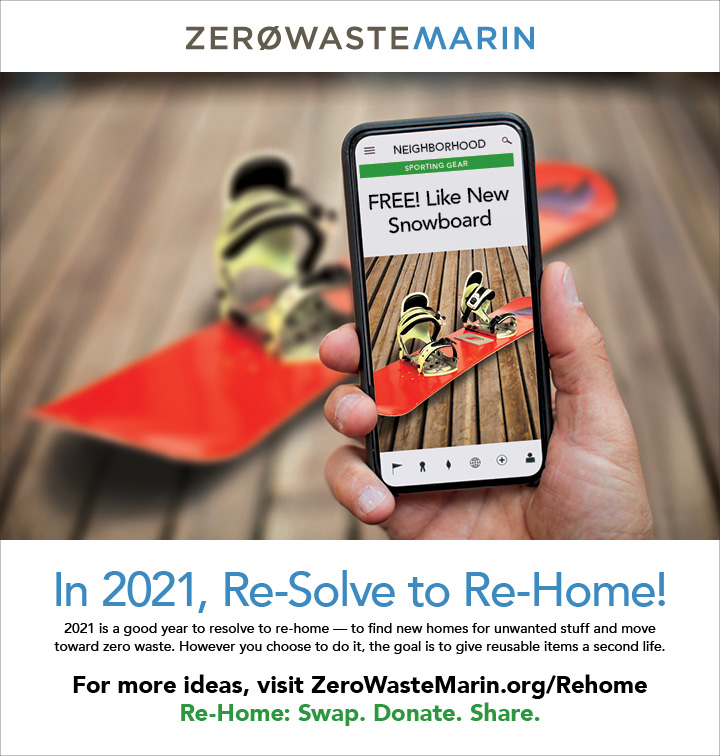 One of the challenges of zero waste outreach is how to convince people to NOT do something: buy new stuff. Every day Americans are bombarded by thousands of slick, seductive ads encouraging the purchase of shiny new things that they may or may not need. Helping the public to understand that “Reduce, Reuse, Recycle” is a list in priority of importance is tricky. How can reducing consumption be positioned as a positive?
One of the challenges of zero waste outreach is how to convince people to NOT do something: buy new stuff. Every day Americans are bombarded by thousands of slick, seductive ads encouraging the purchase of shiny new things that they may or may not need. Helping the public to understand that “Reduce, Reuse, Recycle” is a list in priority of importance is tricky. How can reducing consumption be positioned as a positive?